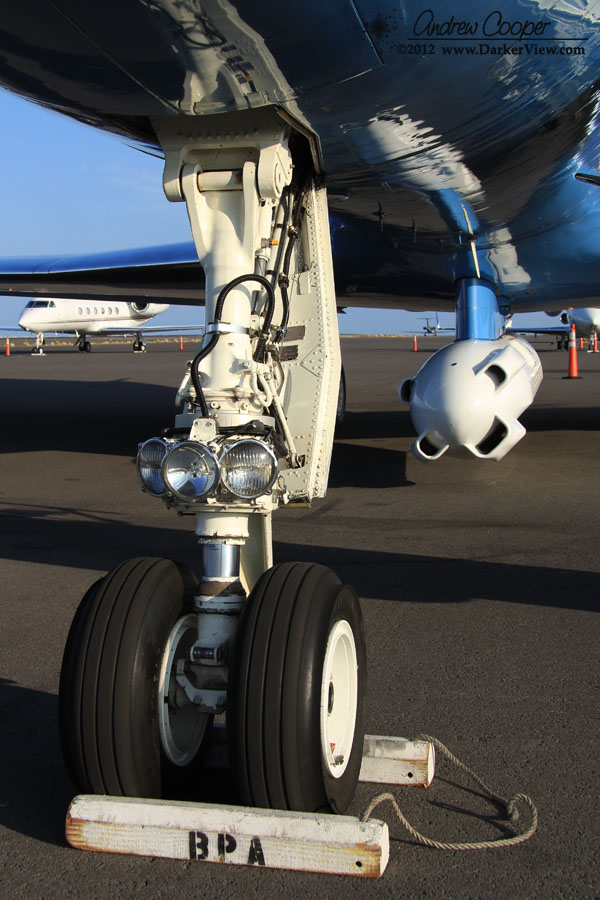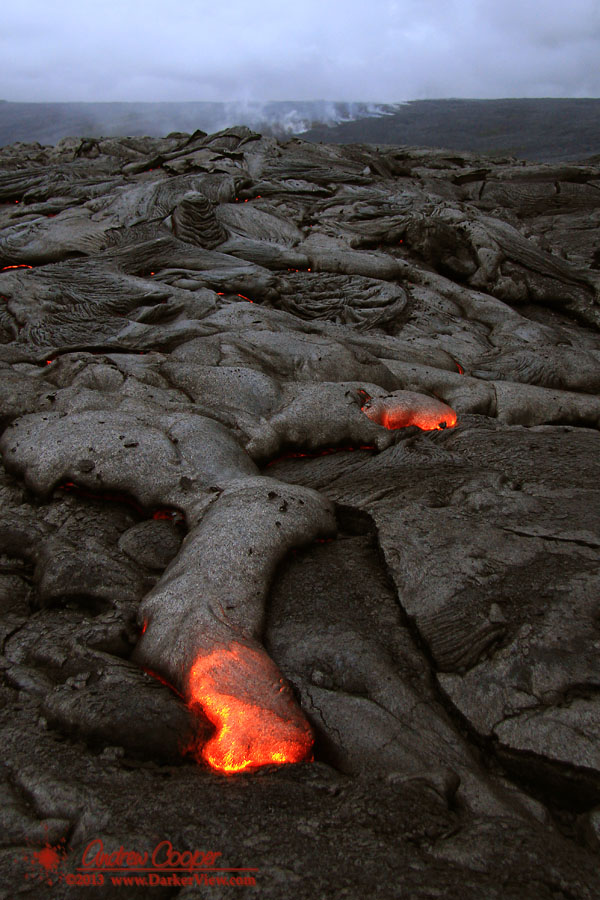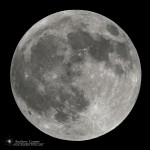The planet Mercury is starting an evening apparition. The planet should become visible this week just above the fading glow of the setting Sun as a magnitude -1 object. Currently about 10° from the Sun it will rise higher each evening, reaching a maximum elongation of 18° on February 16th.
Climbing the Stairs
Wait! What is broken?!?
The elevator.
It has been broken for two days. The contractor is here to fix it, but this is the day Olivier and I need to get a job done in AO. It would have to be the Keck 2 elevator, not the Keck 1 elevator. Which telescope are we working in today? Keck 2 of course.
This will mean climbing the stairs to the Nasmyth deck, all five flights of stairs. Five flights does not sound too bad, until you remember that the bottom of these particular stairs start at 13,600ft above sea level. Climbing these stairs is guaranteed to get your heart pumping and remind you of the consequences of every one of those 13,600ft.
The job? Re-installing one of the mirrors in the rotator that was re-aluminized earlier in the week. A delicate, fiddly job that would take much of the day. There will, of course, be missing parts, needed tools, or other small things that we will have to get during the course of the job. Things that are at the bottom of those stairs.
Every trip up and down would be planned, this is not the time to remember that you also needed an #8-32 nut, after the climb. No forgotten items, everything thought through twice. We got the job done, a critical bit of optics safely secured back in the mount and correctly aligned.
In the end I only had to climb the stairs five times through the day.
That was quite enough, thank you.
</rant>
Pāhoehoe
Postcard from Hawai’i – Pāhoehoe
Soldering Small
It is always another little problem. But, on occasion, a problem is an excuse to have a little fun while getting the job done.
Enter an old WYKO interferometer with a composite video output. The gear is a critical piece of kit used to monitor the deformable mirror used in the adaptive optics system. The images from the interferometer are analyzed by a windows PC with special software. Windows, as in Windows 98!
Updating this computer has been on our to-do list for way too long. Time to get it done… When installing the new computer and video board to update this system I found that the video quality was quite bad. It would tear about halfway down the image, something wrong with the horizontal sync? Looking back it was not great on the old system, but usable. On the new system it was just not going to work.
Out to the Lava… Again
It was another hike out to see the lava. Not that I really need an excuse to make this hike. This time it was to take a friend along. I have worked with Olivier for several years, between the two of us we do much of the physical maintenance on the Keck adaptive optics systems. Shortly he will be departing the island for another opportunity. Before he leaves he wanted to cross off one more item from his bucket list, seeing the lava close up.
It was still completely dark, the light of the full moon masked by the clouds. The waves were lit by the crimson glow, occasionally surging against the cliffs and hiding the lava from view. The glow also illuminated the billowing clouds of steam rising above each rivulet of lava. The scene is surreal, something that is both unexpected and somewhat difficult to believe. This is something that is outside our usual daily experience.
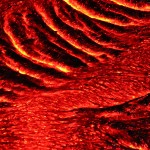
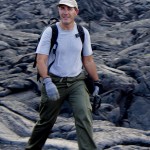
With the day well begun we headed back to the ocean entry to shoot a few more frames in the early light. We sat on rock that was fairly warm under us, shooting the lava pouring into the waves. Relaxing a bit, digging a few bites to eat from the pack, we talked of cameras and lenses, of life on the island, a last bit of camaraderie with someone I might never meet again. We sat and just enjoyed this spectacle of raw nature. This was why we came, there is some risk in just being here, but the experience is worth it.
Full Moon
Off to See the Lava… Again
Testing TBAD with UAVSAR
So we have a system that will detect aircraft and shutter the laser.
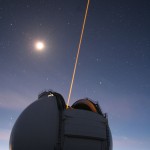
In theory TBAD will detect the TCAS transponder on an aircraft, turning off our AO Laser to avoid illuminating the aircraft. This work via means of a directional antenna mounted to the front of the telescope that is able to detect the 1090MHz TCAS transmissions from the aircraft. The system has been operational for the better part of a year, mounted to the Keck 2 telescope. It operates all the time, whether or not we are using the laser.
The problem is that there is very little air traffic over the summit, it is even more rare that a plane goes directly in front of the telescope while we are observing. It is these test cases we need to prove the system, an aircraft passing through where the laser would be. Though the first year of running the system we logged a total of one detection that would have resulted in a laser shutter event. We need more test cases if we are to prove to the FAA that the system works as designed.
UAVSAR
